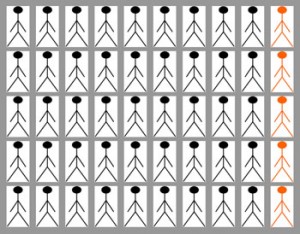Bias >
What is Referral Bias?

Issues
The major problem with this type of bias is that associations between risk factors and disease can’t accurately be calculated in an unrepresentative group taken from a larger population. Risk factors are likely to be overestimated and the results from any study analysis are not generalizable. Overestimating or underestimating disease effects, diagnostic performance or other factors can adversely affect patient care.
Adjusting for referral bias isn’t routinely done in studies, but it is possible. For example, Bayesian methods can be used for the adjustment. (see here for an example).
Test Referral bias
Test referral bias (also called verification bias) is when a “gold standard” procedure is used to verify the results of a test. Some patients are given the gold standard test, while others are not. The reason for this is that many gold standard tests are expensive, invasive or risky.
References:
Ladapo. J. et.al. “Clinical Implications of Referral Bias in the Diagnostic Performance of Exercise Testing for Coronary Artery Disease”. J Am Heart Assoc. 2013 Dec; 2(6): e000505.
Salive, M. “R.B. in Tertiary Care: The Utility of Clinical Epidemiology.” Mayo Clinic Proceedings. August 1994, Volume 69, Issue 8, Pages 808–809.